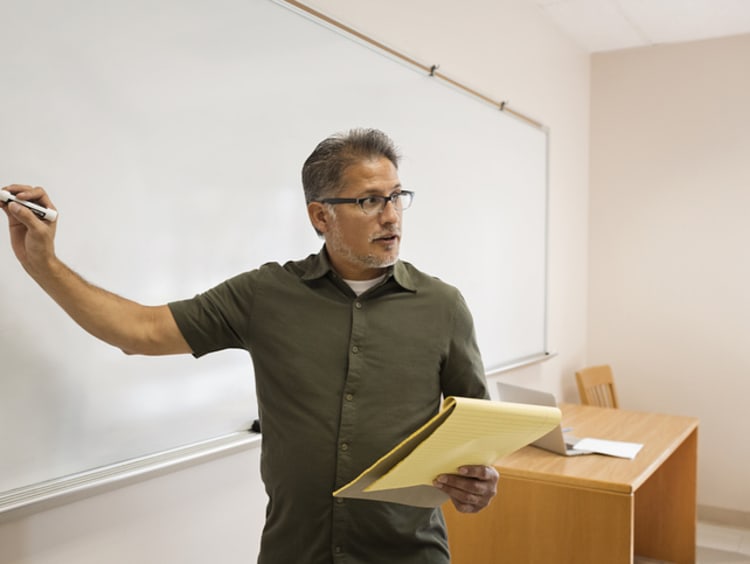Teaching Tuesday: Literacy in Content Area Instruction

Literacy, the art of using language to make sense of different topics, is an important skill for all students to learn continuously throughout their K-12 learning. As teachers we can support literacy across all content areas to build skills in a multifaceted approach during each lesson. Cross-curricular instruction becomes what we as teachers refer to as a 2-for-1 lesson, meaning we can address two standard areas during a block of time reserved for one subject. Instructional units that incorporate two or more different subject areas, or interdisciplinary instruction, becomes a more authentic style of teaching and learning. For example, using fiction and nonfiction when teaching in a content area such as science or social studies can help students visualize the context of events, while layering their knowledge-building with facts.
Foundational Literacy to Unlock All Learning
Building foundational literacy skills helps students with formation of their self-efficacy in learning in all content areas. They are developing their read to learn skills rather than simply learning to read. Especially for those of us who are teaching secondary education, we should remember to never assume students are entering our classroom with developed reading skills capable of making sense of the content area we are currently teaching. Literacy development is the responsibility of all of teachers, at each grade level.
Academic Language
Academic language includes content area vocabulary, syntax and discourse. While students may develop language in their daily environment, only classroom instruction can develop academic language skills. As teachers, we need to model correct applications of academic language, and also provide outlets for students to process inputs and practice outputs.
For example, in math, teachers can read aloud place values such as five and seventy-two hundredths, rather than five point seven two. Having discussions and using vocabulary, as well as academic discourse, will allow students with expressive and receptive language to demonstrate their content learning. Building students' vocabulary helps us to create higher-level critical thinking skills and to develop advanced thinking processes.
Technology to Assist with Literacy Across Subject Areas
In addition to teacher modeling, scaffolding and discourse, we can also utilize technology devices, apps and websites to help us integrate literacy-building skills within multiple content areas. The Iris Center provides a technology-integrating website for teachers to use by providing resources, such as explicitly defining and contextualizing terms. A great resource to use in the classroom with students is the Newsela website, which develops news stories in different reading levels. This allows us to engage students with current events and stories of people in the media, while integrating comprehension skills to support literacy.
Building Connections
When students are empowered with literacy building skills across different content areas they can hold discussions and build connections at home, with peers, and community members. Students develop their ability to perform as problem-solvers and good citizens when they can make sense of incoming information and break down facts and opinions. The ability to process information, hold conversations and formulate thoughts related to their prior learning, allows them to excel in each content area.
This month as we explore various ways of supporting our students' literacy instruction across varied content areas, let us remember to appreciate literacy as a tool that unlocks knowledge for all students. When we as teachers support modeling and practice for students using academic language, we are helping them to build confidence and love learning.
Want more? Check out all of the articles from Teaching Tuesday and return each week for a new post. Learn more about Grand Canyon University’s College of Education and our degree programs and join in our efforts to elevate the education profession.
The views and opinions expressed in this article are those of the author’s and do not necessarily reflect the official policy or position of Grand Canyon University. Any sources cited were accurate as of the publish date.


